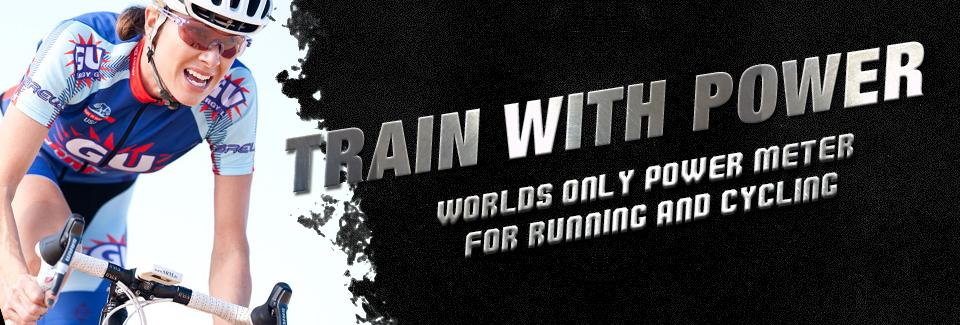 Every runner has felt a throbbing or dull pain along the shin bone, often accompanied by mild swelling, at one time or another. This common overuse condition is called shin splints, and it is characterized by inflammation of the shin bone (tibia) and surrounding muscles, tendons, or other soft tissues. Fortunately, this condition, formally called medial tibial stress syndrome, often resolves itself with conservative treatments.
Every runner has felt a throbbing or dull pain along the shin bone, often accompanied by mild swelling, at one time or another. This common overuse condition is called shin splints, and it is characterized by inflammation of the shin bone (tibia) and surrounding muscles, tendons, or other soft tissues. Fortunately, this condition, formally called medial tibial stress syndrome, often resolves itself with conservative treatments.
What Causes Shin Splints?
The simple answer to this question is, “Overdoing it.” A stress injury, shin splints often occur when you make a sudden change in your training rather than gradually working up to a new regimen. This may include suddenly increasing the frequency, duration, or intensity of exercise or running on new terrain without proper conditioning. Other risk factors include overpronating when running or having flat feet or high arches. The condition is often one-sided and occurs in the runner’s dominant leg.
How Is the Condition Treated?
The first thing you should do when you experience shin pain or swelling is to stop running and ice the injury. Non-steroidal, anti-inflammatory medicines such as ibuprofen can ease the discomfort, and a compression bandage may help keep swelling down. Rest is essential, and your trainer and physician will advise you on how long you need to rest before you can return to your previous level of training and what types of strengthening and stretching exercises can promote healing. You may be allowed to perform lower-impact exercises, such as cycling or swimming, while your injury heals. As a preventive measure, your physician may also prescribe custom foot orthotics to correct flat feet or other biomechanical issues.
What Other Conditions Could Pain in the Shins Indicate?
Shin pain can point to injuries more serious than shin splints. If the pain occurs on the outside part of the leg, you may have compartment syndrome, which is a swelling of muscles closed off in a pressure-filled compartment. Surgery may be required to alleviate the pressure. If you run your finger along your shin and feel a single point of sharp pain rather than pain in a more generalized area, you may have a stress fracture in the tibia. This is a small crack in the shin bone caused by overuse, and its healing time is considerably longer than that of shin splints.
To determine if your running biomechanics are affecting your performance, explore our website to learn how RPM2 works. Monitoring your running performance remotely, RPM2 footbed inserts detect issues with bilateral equivalence, which can be addressed in your training regimen to enhance fluid biomechanical motion and help you achieve your athletic goals.








